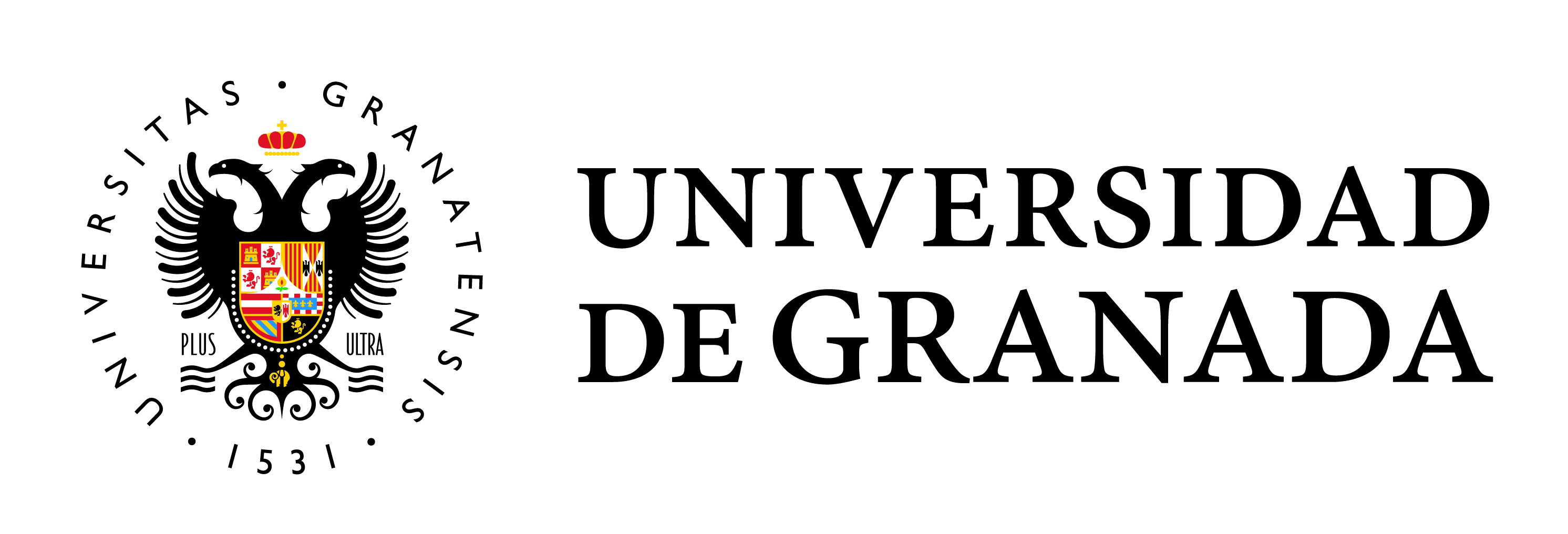Peri-urban areas’ construction through urban regulation instruments: Case of intermediates cities in Metropolitan Region of Santiago-Chile
Main Article Content
Abstract
In the research problem we consider three contexts: the centralization of the territorial planning in Chile, the tradition of the urban areas’ regulation and the periurbanization process in the Metropolitan Region of Santiago. This research is developed around the question How the local peri-urban space has been built through the instruments of urban regulation at the national, regional and local levels? For answer to the questions, we examine the instruments of urban regulation in Chile considering three geographic levels (national, regional and communal) from 1972 to 2014. Within the results, it’s emphasize the ‘waterfall effect’ of instruments influence for different geographic level, the propose of the notion ‘subcommunal administrative peri-urban’, and the continuance of the centralization model in the urban instruments during forty years, where it is noted that the local level has no impact on the construction of the peri-urban area.


